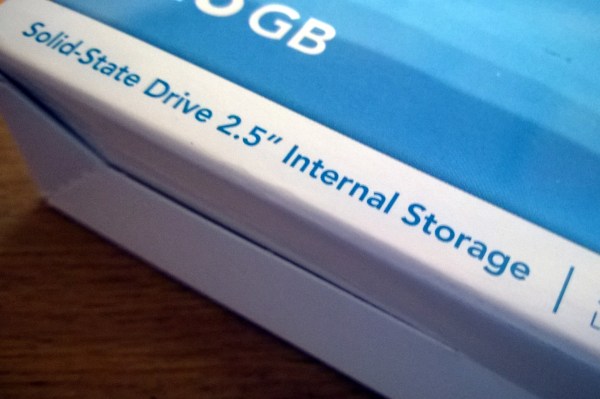DataGravity, a flash storage startup with a data-driven twist, wants to change the way we interact with storage and give companies a more intelligent way to deal with storage information.
Most companies today have their storage, search and governance in separate and disparate applications. The search tool has to crawl the storage. The governance tool has to monitor for issues such as credit card numbers in a public storage space where it doesn’t belong. While there’s nothing inherently wrong with that approach, all of those separate software packages take up resources and require additional IT attention.
DataGravity hopes to simplify that with their new storage appliance product that combines hardware and software and includes search, governance and the ability to view your storage in a highly visual fashion. This enables you to dig deeply into it and filter data to give you very specific views, something that could prove very useful for instance in an eDiscovery situation when you were asked to identify all the individuals who looked a set of files or you were trying to track a data leak and you wanted to know who touched the file most recently.
DataGravity has done this by building a base flash storage array that comes in two sizes, 48 and 96 TB. On top of this, they have built an HTML5-based software application for visualizing the data stored on the array. The software lets you see physical storage or storage that’s been allocated to virtual machines.
The platform includes the kinds of features you would expect in any modern storage application such as de-duplication and compression.
But where it begins to separate itself is the fully visual view of the data and the way you can dig into it and surface information that typically was hidden inside storage containers in the past or required third party tools to view.
You can get lots of information such as the top users and dormant data on a particular share. You can dig deeper still and get a facet filter that lets you check different facets related to the type of data such as readers, owners and file types allowing you to zoom in or out of the data to meet your needs.
Each file put into the storage array is opened and indexed automatically. CEO Paula Long, who is a long-time storage industry veteran, says this is a big differentiator for her company because unlike crawlers which are always by their nature running behind the content, the DataGravity approach indexes each document as it enters the system.
What’s more, they use industry standard algorithms to find personally identifiable information (PII) such as social security and credit card numbers. And as with any information in the DataGravity system, you can click any PII and learn more about it and then filter it by relevant facets.
Long says the target market is medium-sized businesses and the product will sell for between $50,000 and $100,000.
The company is announcing the product today. General Availability is expected in October and they will be showing it off at VMworld at the end of the month.
The company has received $42M in funding to date from General Catalyst, Charles River Ventures and Andreessen Horowitz. It was founded by Long and president John Joseph. Long was a co-founder at storage vendor EqualLogic, which was acquired by Dell in November, 2007 for $1.4B.
